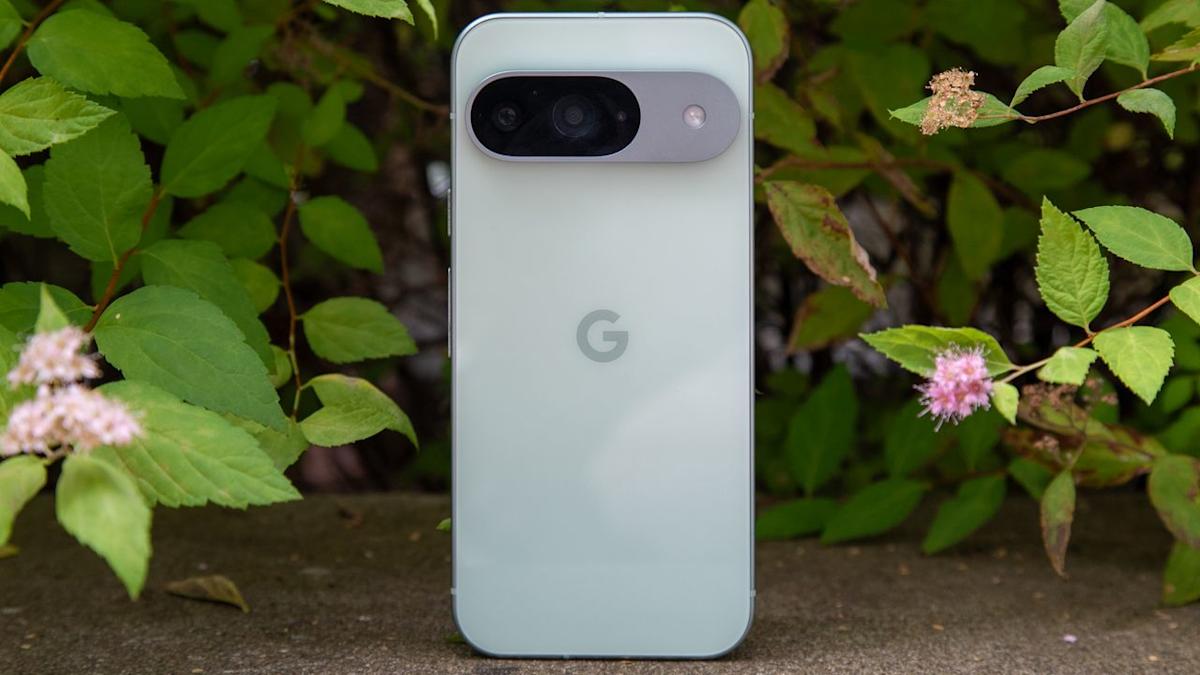Examining the Pixel 9’s Resilience as the Pixel 10 Looms

As anticipation builds for the upcoming Pixel 10, it’s an opportune time to reassess the performance and continued value of its predecessor, the Pixel 9. Despite not being a personal favorite among Google devices, the Pixel 9 has demonstrated considerable strengths over the past year, prompting consideration of its relevance in 2025 alongside the anticipated advancements of the next generation.
Initially released in 2024, the Pixel 9 launched with Android 14 rather than the then-latest version of Android 15. While Google attributed this to an accelerated release timeline compared to the Pixel 8’s launch schedule, it presented a unique circumstance for consumers. Less than a year later, the device received its second major software update, transitioning to Android 16 within just nine months. This expedited pace was driven by a shift in Google’s software distribution strategy, as explained by Seang Chau, VP and GM of Android Platform. He stated that earlier releases of new Android versions—August or September—posed challenges for hardware manufacturers aiming to release devices with the most current operating system while avoiding prolonged delays.
The Pixel 9’s performance has largely met expectations, despite utilizing the Tensor G4 processor which prioritizes efficiency over sheer processing power. The device handles common tasks such as photography, gaming, social media browsing and AI-assisted features effectively. However, the camera setup remains a point of divergence compared to competitors. The Pixel 9 incorporates only two sensors, limiting its zoom capabilities to approximately 8x—a contrast to offerings like the Galaxy S25’s three-camera system with a 30x zoom range. Google also withheld certain advanced features present in the “Pro” model such as Pro Controls, 8K video recording and higher resolution photo capture (50MP).
Charging speed has emerged as an area for improvement; Google’s advertised “50% in 30 minutes” charging claim doesn’t consistently reflect real-world user experience. The availability of a compatible power adapter is essential to achieving optimal charge speeds, further highlighting this limitation.
The introduction of the Pixel 9a at a $300 lower price point introduces another layer of consideration. While sharing many core specifications with the Pixel 9—aside from reduced durability via different glass construction, slightly less RAM and the absence of features like 10-bit HDR video recording and Action Pan—the 9a boasts a larger battery and improved estimated battery life.









